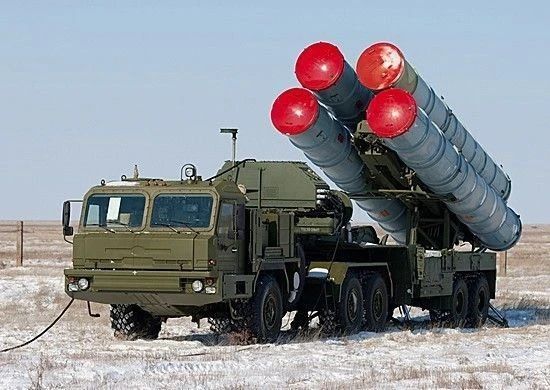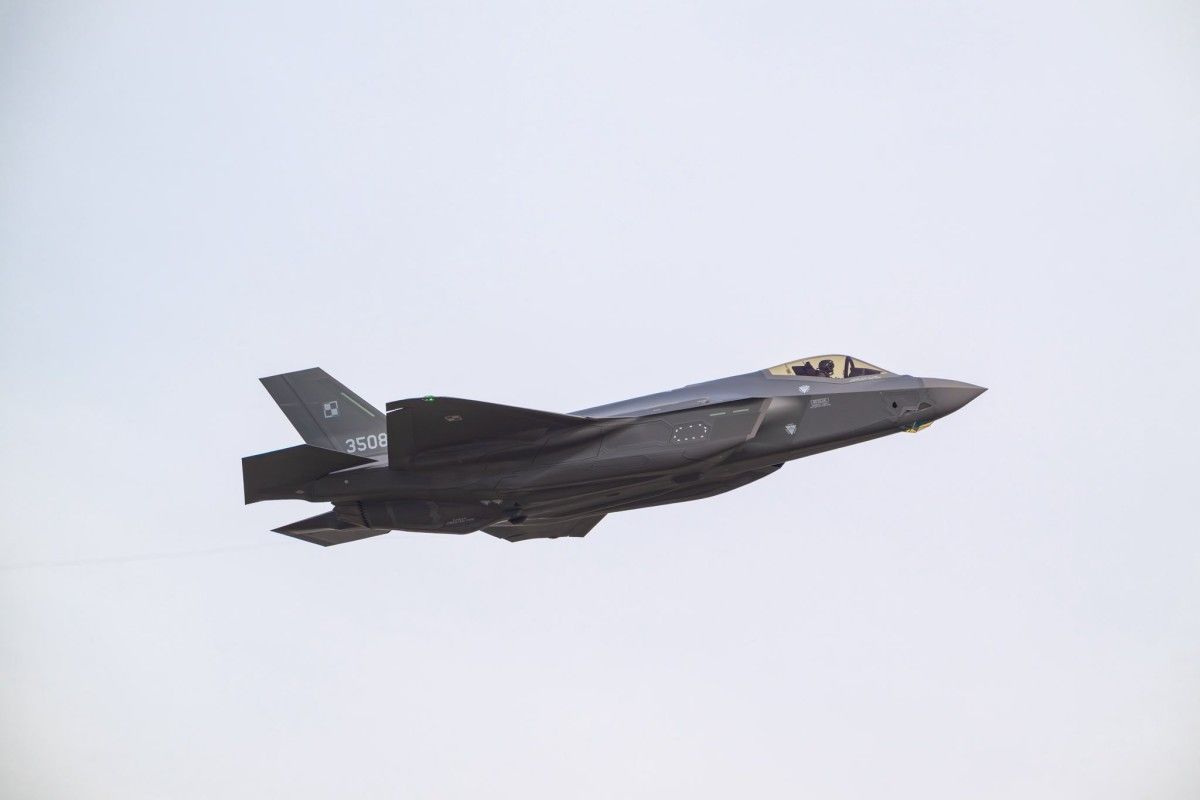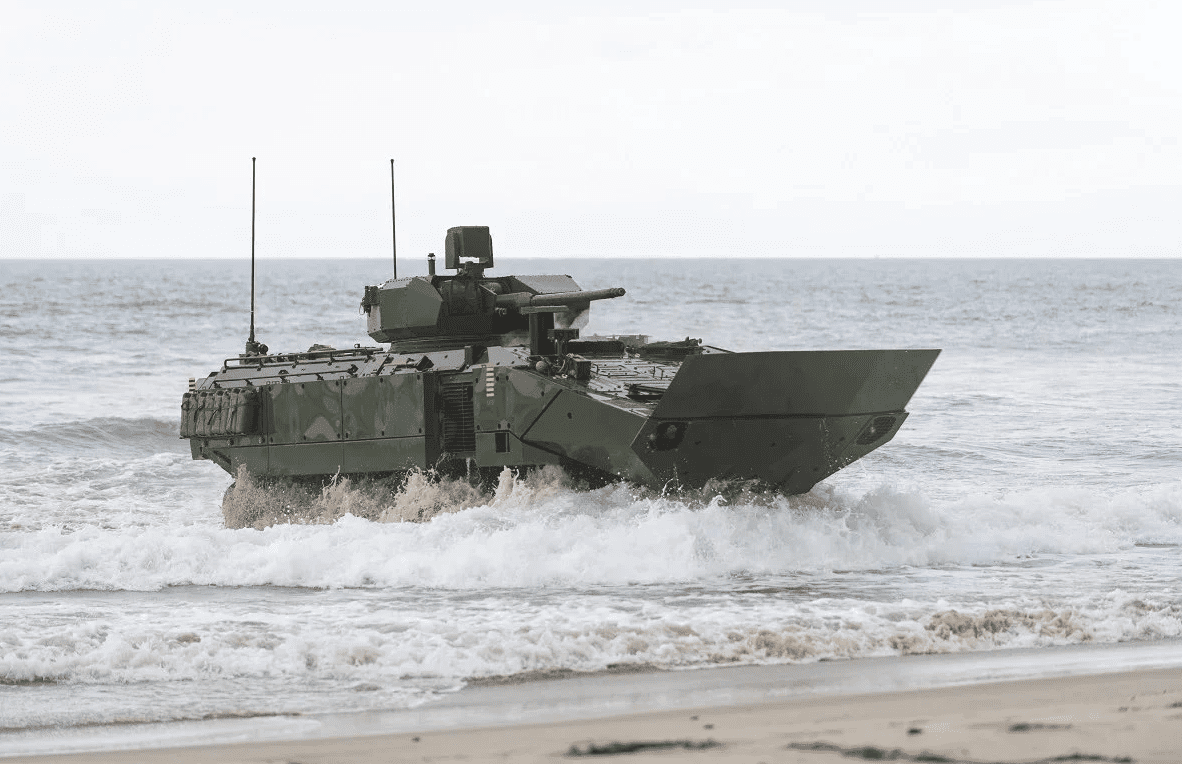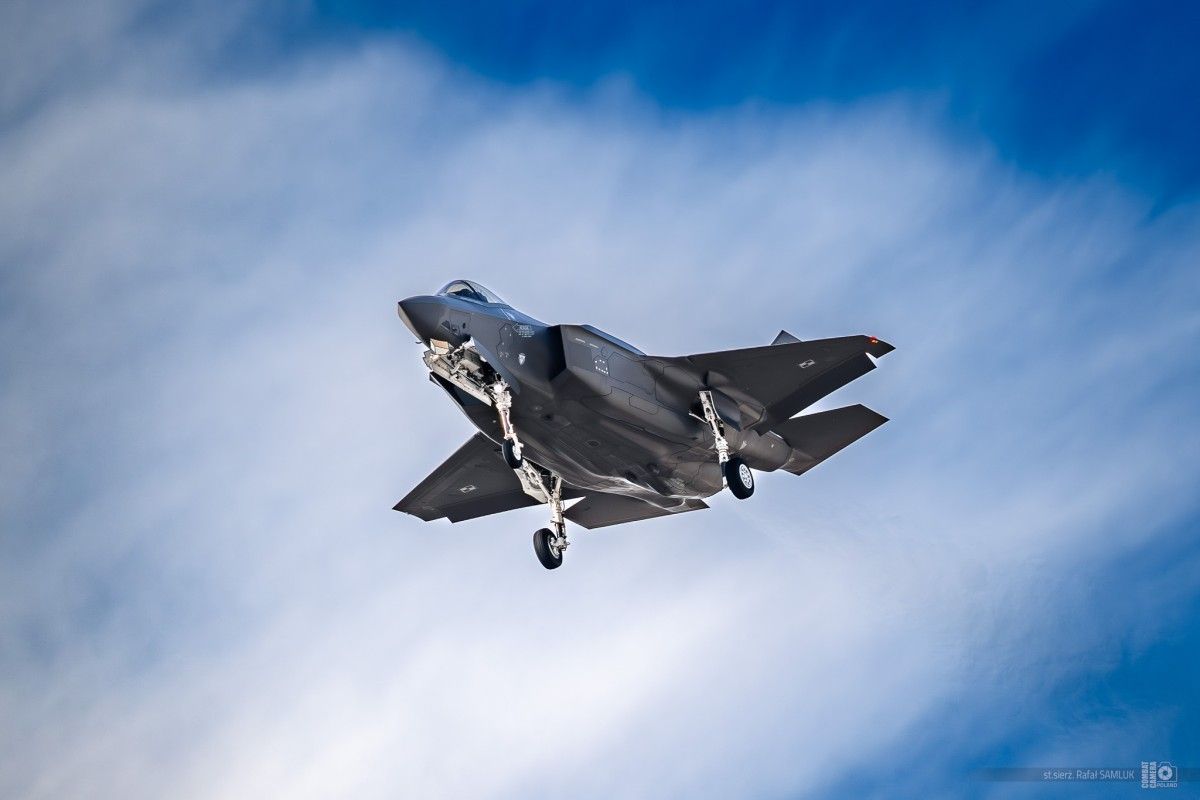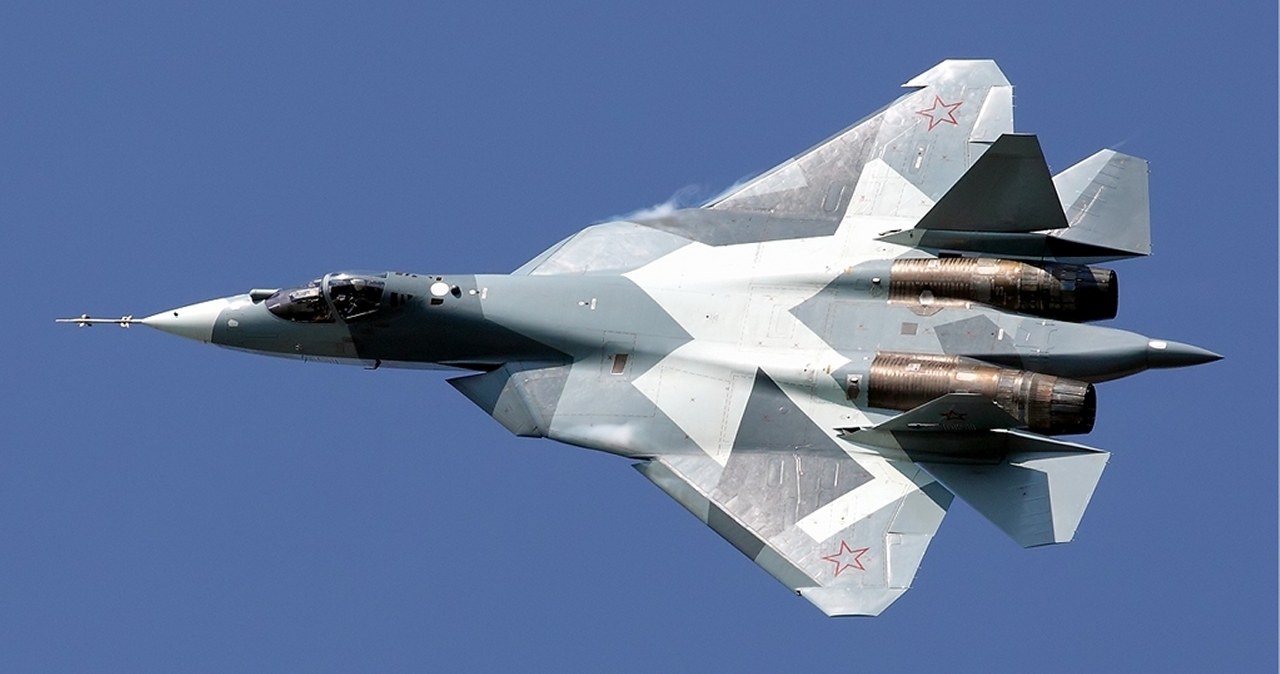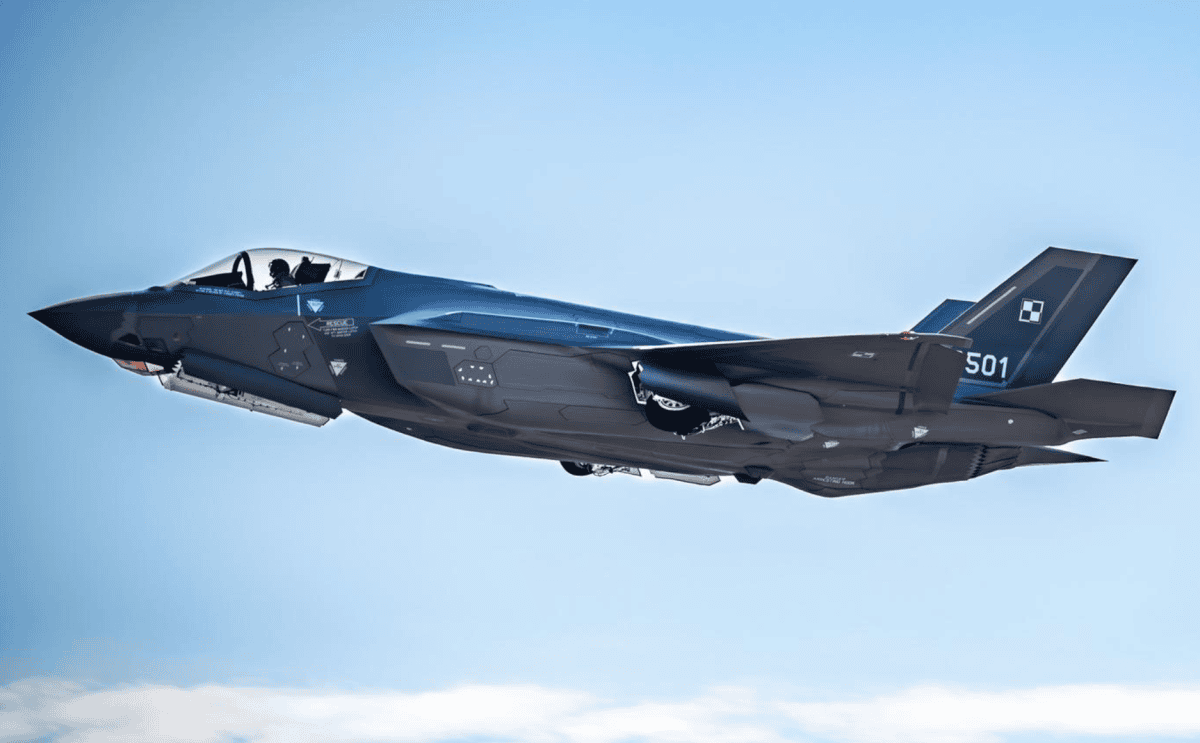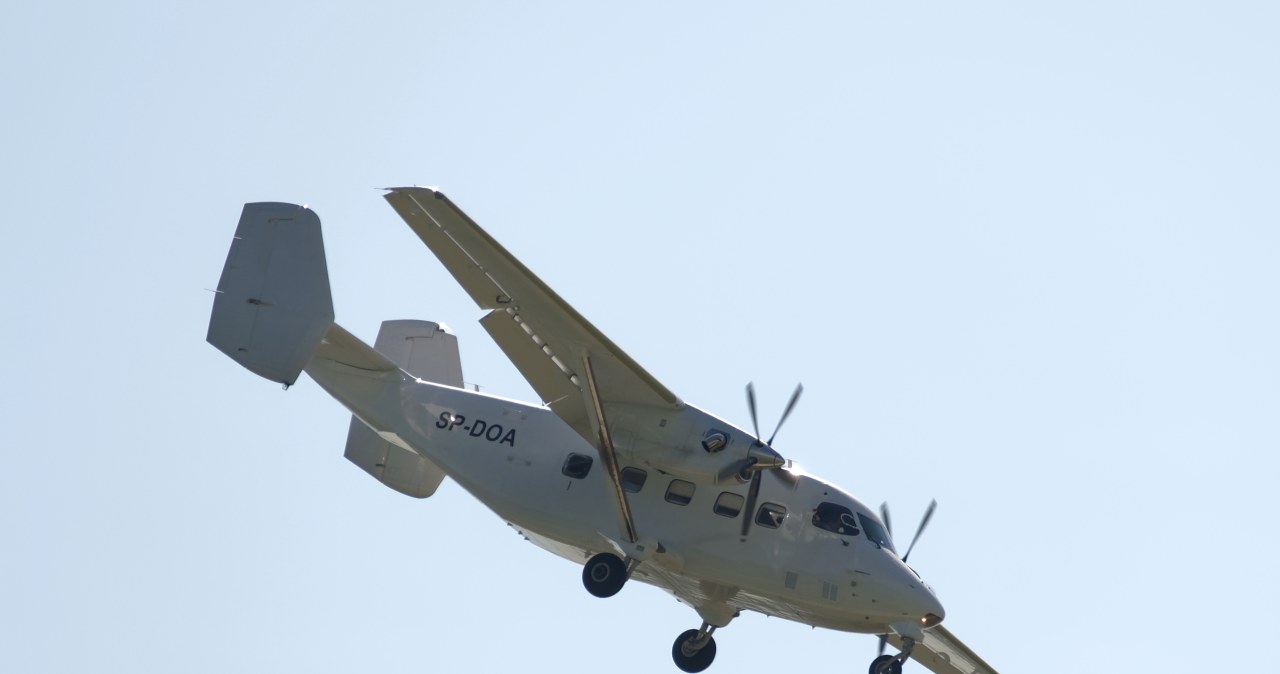
On August 12, 2025, a ride-along passenger aboard a McDonnell Douglas F-15D accidentally activated the ejection system while the jet was taxiing at Westfield Barnes Regional Airport (BAF).
The aircraft, operated by the 104th Fighter Wing at Barnes Air National Guard Base, experienced the incident during routine ground movement.
The ejection occurred at approximately 2:05 PM local time. The passenger was evaluated at a hospital as a precaution but sustained no serious injuries. Flight operations were temporarily halted for a 36-hour safety stand down while an official investigation began.
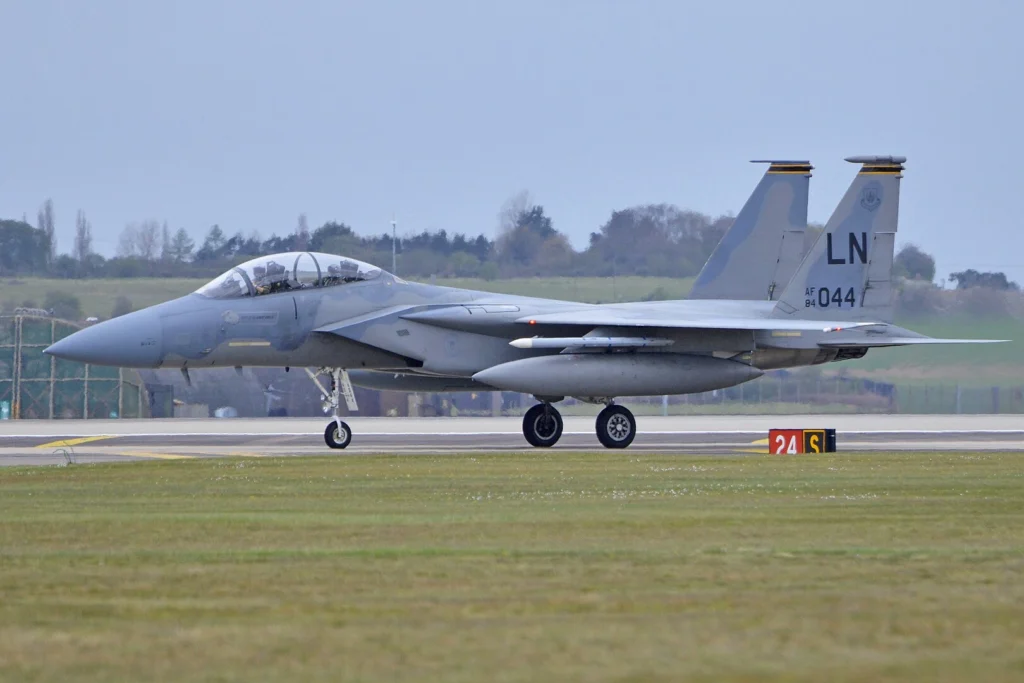 Photo: By Alan Wilson from Stilton, Peterborough, Cambs, UK – McDonnell Douglas F-15D Eagle ‘84-044 / LN’, CC BY-SA 2.0, https://commons.wikimedia.org/w/index.php?curid=72747004
Photo: By Alan Wilson from Stilton, Peterborough, Cambs, UK – McDonnell Douglas F-15D Eagle ‘84-044 / LN’, CC BY-SA 2.0, https://commons.wikimedia.org/w/index.php?curid=72747004F-15D Passenger Ejection
Reported by Aerotime, video footage shared online showed the F-15D taxiing when its canopy was expelled, debris scattered across the ground, and the rear seat occupant visible under a deployed parachute.
An F-15 backseater from Barnes Ops tested its zero/zero ejection seat today (zero elevation and airspeed). It appears successful, but someone has some explaining to do. pic.twitter.com/QJxed8DhP1
— Dale Stark (@DaleStarkA10) August 13, 2025
The individual then crawled away from the taxiway, an unusual moment that highlighted how rare and unexpected ground-level ejections are.
The aircraft was identified as F-15D serial number 85-0134, assigned to the 104th Fighter Wing, known as the “Barnestormers.” Emergency crews responded immediately, confirming no life-threatening injuries.
The unit enforced a 36-hour operational pause to review safety procedures. The names of those involved have not been disclosed and will remain withheld until the investigation concludes.
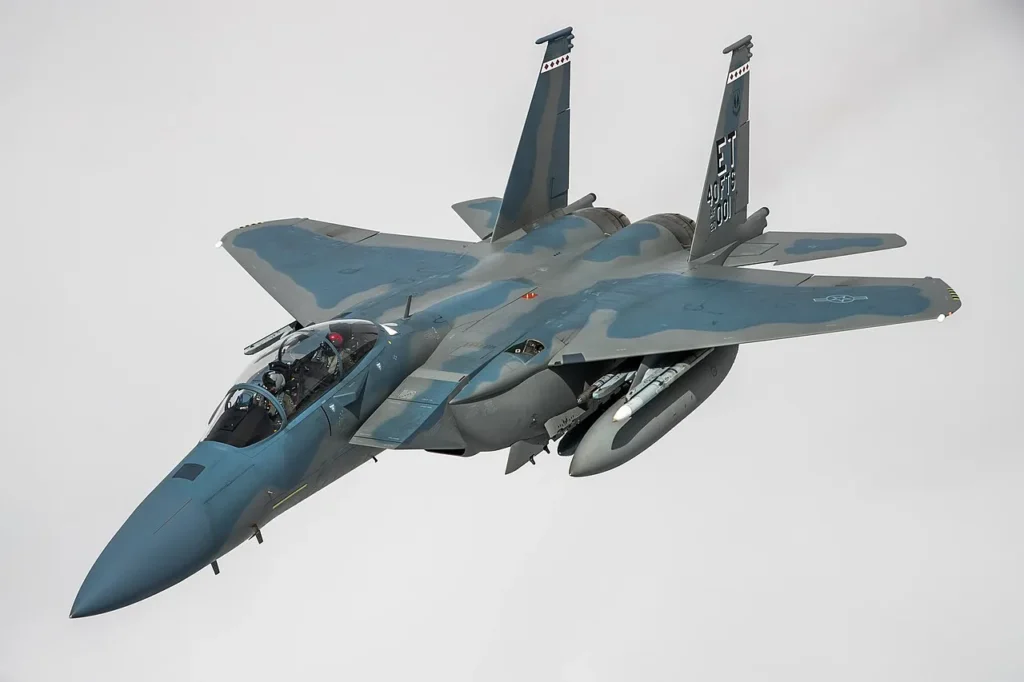 F-15EX_Eagle_II; Photo- Wikipedia
F-15EX_Eagle_II; Photo- WikipediaF-15D’s Ejection Systems
Fighter jets such as the F-15 Eagle feature “zero-zero” ejection seats, capable of functioning at zero altitude and zero airspeed.
This means a pilot or passenger can eject safely even if the jet is stationary on the ground. While critical in emergencies, these systems carry risks if triggered unintentionally.
The absence of severe injuries demonstrates the reliability of modern ejection technology, but the event also reinforces the dangers associated with accidental activations.
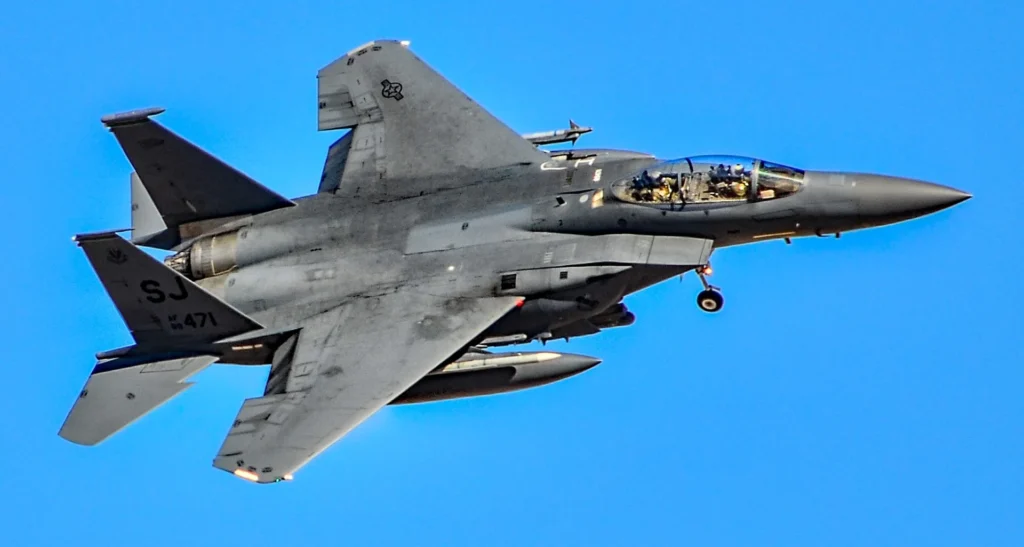 Photo: By Tomás Del Coro from Las Vegas, Nevada, USA – 89-0471 McDonnell Douglas F-15E Strike Eagle, CC BY-SA 2.0, https://commons.wikimedia.org/w/index.php?curid=71324269
Photo: By Tomás Del Coro from Las Vegas, Nevada, USA – 89-0471 McDonnell Douglas F-15E Strike Eagle, CC BY-SA 2.0, https://commons.wikimedia.org/w/index.php?curid=71324269Aircraft Involved and Fleet Transition
The 104th Fighter Wing, based at Westfield Barnes Regional Airport (BAF), operates F-15 Eagle variants, including the two-seat F-15D.
These jets are used for both training and ride-along flights. The wing is currently transitioning to the Lockheed Martin F-35 Lightning II, a newer multirole fighter designed for advanced combat missions.
Aircraft comparison:
- McDonnell Douglas F-15 Eagle
- Variants: F-15A, F-15B, F-15C, F-15D, F-15N, Strike Eagle
- Entry into service: 1978
- Lockheed Martin F-35 Lightning II
- Variants: F-35A, F-35B, F-35C
- Entry into service: 2015
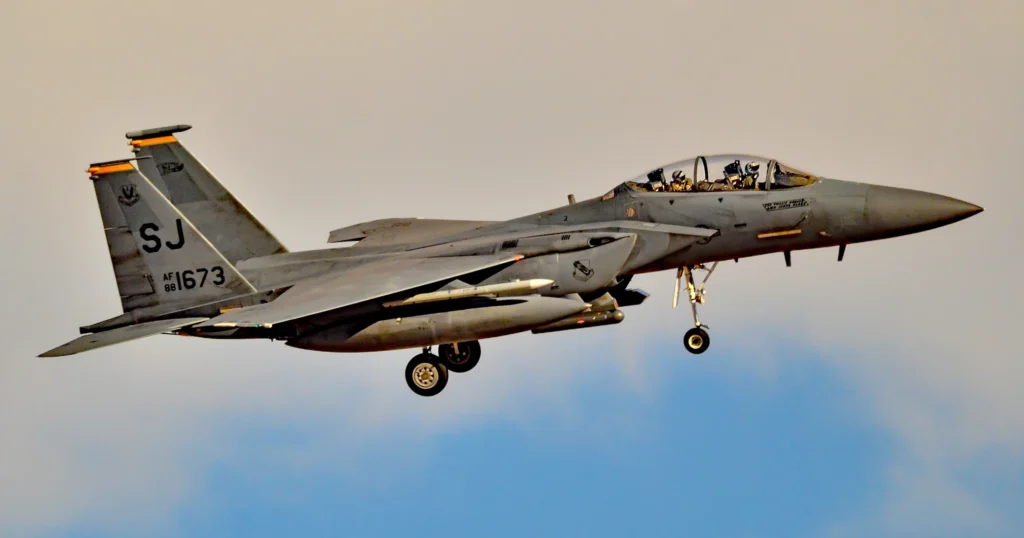 Photo: By Tomás Del Coro from Las Vegas, Nevada, USA – McDonnell Douglas F-15E Strike Eagle USAF 88-1673 336th FS “Rocketeers” 4th FW, Seymour Johnson AFB, NC, CC BY-SA 2.0, https://commons.wikimedia.org/w/index.php?curid=58158259
Photo: By Tomás Del Coro from Las Vegas, Nevada, USA – McDonnell Douglas F-15E Strike Eagle USAF 88-1673 336th FS “Rocketeers” 4th FW, Seymour Johnson AFB, NC, CC BY-SA 2.0, https://commons.wikimedia.org/w/index.php?curid=58158259Safety Protocols and Procedures
Incentive or passenger flights require detailed safety briefings that cover cockpit equipment, including ejection handles.
These briefings are standardized to reduce the chance of accidental activation. Despite such protocols, this case shows that risks cannot be fully eliminated.
Tandem-seat jets like the F-15D are designed so the rear occupant has ejection capability, ensuring survivability in emergencies.
However, this setup adds complexity during non-combat flights, raising questions about safeguards and training. The investigation is expected to examine both passenger preparation and cockpit configuration.
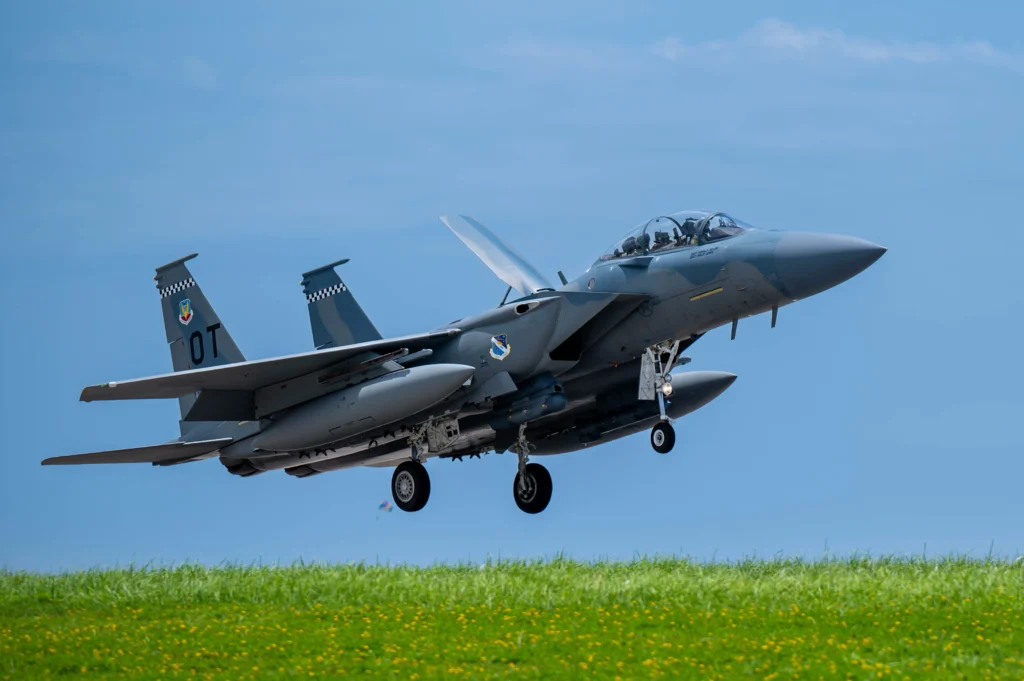 Photo: USAF
Photo: USAFGround-Level Ejections
A notable case occurred in 2019 in France, when a passenger in a Dassault Rafale B accidentally pulled the ejection handle during takeoff.
Investigators found procedural lapses and technical faults. In that case, the pilot was supposed to eject simultaneously but did not due to a mechanical malfunction.
Such comparisons provide valuable lessons for aviation safety. The findings from the 104th Fighter Wing’s investigation could shape procedural updates and technical safeguards, reinforcing the principle that even minor changes in safety systems can have major impacts.
Stay tuned with us. Further, follow us on social media for the latest updates.
Join us on Telegram Group for the Latest Aviation Updates. Subsequently, follow us on Google News
Two German Fighter Jets Escort Ryanair Flight After Security Threat
The post Passenger Accidentally Ejects from F-15 Fighter Jet at Barnes Airport appeared first on Aviation A2Z.

